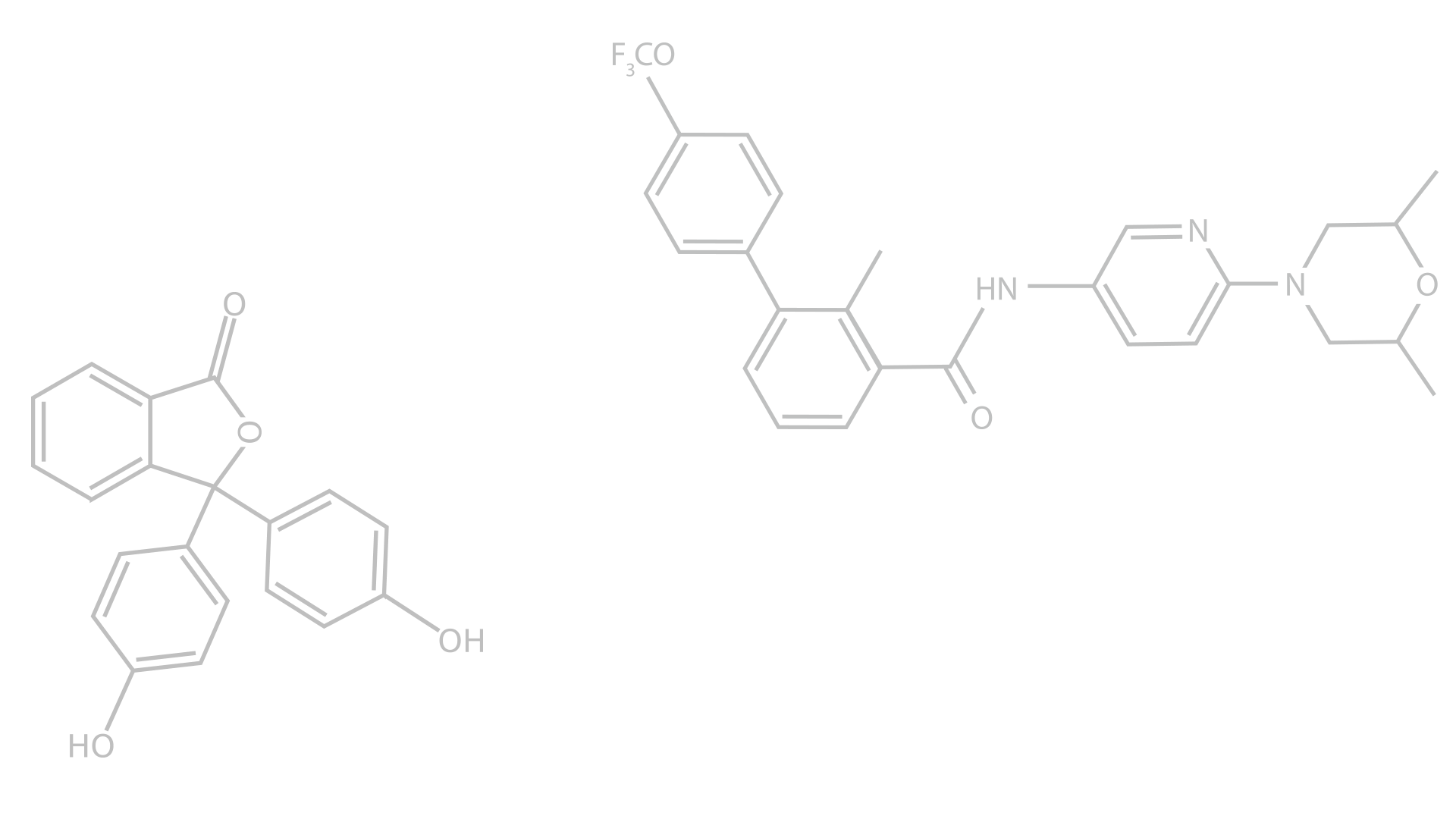


Identification of halloysite by XRD
Differentiating Halloysite from Kaolinite: A Guide to XRD Analysis
Introduction
Distinguishing between halloysite and kaolinite is crucial for various industrial applications, including ceramics, paper coating, nanotechnology, construction, and mining. While both minerals share similar chemical compositions (Al₂Si₂O₅(OH)₄), their structural differences significantly impact their properties and applications. Halloysite's unique tubular morphology and higher cation exchange capacity make it particularly valuable for specific uses, such as controlled release applications and polymer nanocomposites. In construction and mining applications, the presence of halloysite can significantly impact soil behviour and stability. Therefore, accurate identification of these minerals is essential for quality control and appropriate application selection.
Clay Analysis using XRD
X-ray diffraction (XRD) is the best technique for clay analysis due to its ability to provide precise identification of the mineral phases present. Clays often consist of complex mixtures of similar minerals, such as kaolinite, illite, and smectite, which can be difficult to distinguish using other methods. XRD offers a unique advantage by allowing for the direct determination of crystal structures, which helps differentiate between these minerals even when their chemical compositions are very similar. Additionally, XRD can provide quantitative information about the abundance of different clay phases, making it indispensable for accurate and detailed clay mineralogy studies.
Both kaolinite and halloysite exhibit a characteristic basal reflection at approximately 7Å , corresponding to their (001) plane. While subtle differences in peak shape and width might exist, these are often insufficient for unambiguous identification, particularly in samples containing mixtures of clay minerals or poorly crystalline materials. Both clays respond in the same way to the other standard treatments performed (ethelyne glycol, heating to 400c and heating to 550c), so a different treatment is required for differentiating these minerals.
Formamide Intercalation
Formamide (HCONH2) is a small polar molecule that can intercalate (insert) between the layers of halloysite, causing the layers to expand. Kaolinite, due to its stronger interlayer bonding and lack of accessible interlayer space, does not intercalate formamide to the same extent. This difference in intercalation behavior forms the basis of the formamide treatment method for differentiating kaolinite and halloysite.

Quantification of Halloysites
Once the clays have been identified, they can them be quantified using the Siroquant Rietveld analysis program. Siroquant is the best program for quantifying clays as it's clay pack contains advanced models of most clays, allowing for accurate quantification and modelling.

Rietveld analysis works by modelling each of the phases present in the sample to determine the amount of that phase present. The profiles are then added together optimised to obtain the best fit against the measured pattern. The percentage of each phase can then be determined and reported.

Conclusion
Accurate differentiation between halloysite and kaolinite requires careful attention to XRD analysis procedures and interpretation. The combination of diagnostic treatments, particularly formamide intercalation, provides reliable identification. Understanding the distribution and properties of these clay minerals is essential for proper risk management and operational planning in both construction and mining contexts.